Also called Phytophthora infestans, it is a dangerous fungus which attacks mainly tomato and potato.
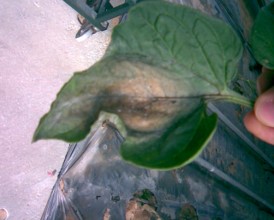


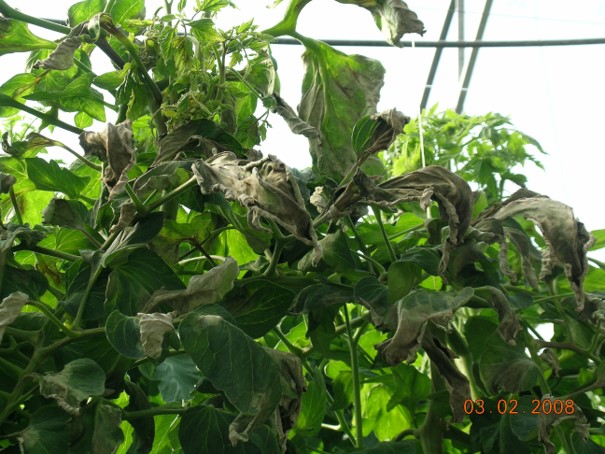

It spreads very fast.
Attacking leaves, fruits and stems.

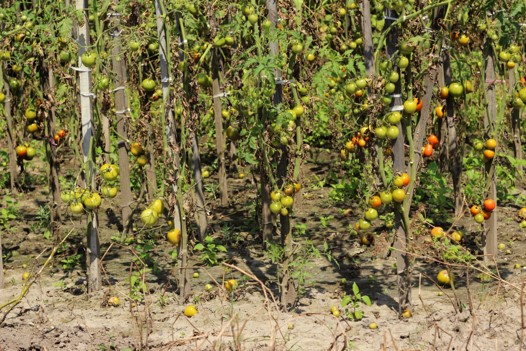
It appears when humidity is high.
The first symptoms are white powder and black veins on the lower side of the leaves.



If you are using head irrigation with sprinklers,
you are increasing the chance of the appearance and spreading out of this fungus.
If you can, it is better to use drip irrigation.

It is recommended to use at least 3 kinds of different pesticides,
and alternate between them every 4 days, in order to overcome pest’s resistance,
and completely exterminate them.
For further information about this, read this post, and this post also.
There are 2 ways to eliminate late blight: Chemical, and organic.
Chemical:
Active ingredients:
Best pesticides for Late blight,
| Metalaxyl/Mefenoxam | 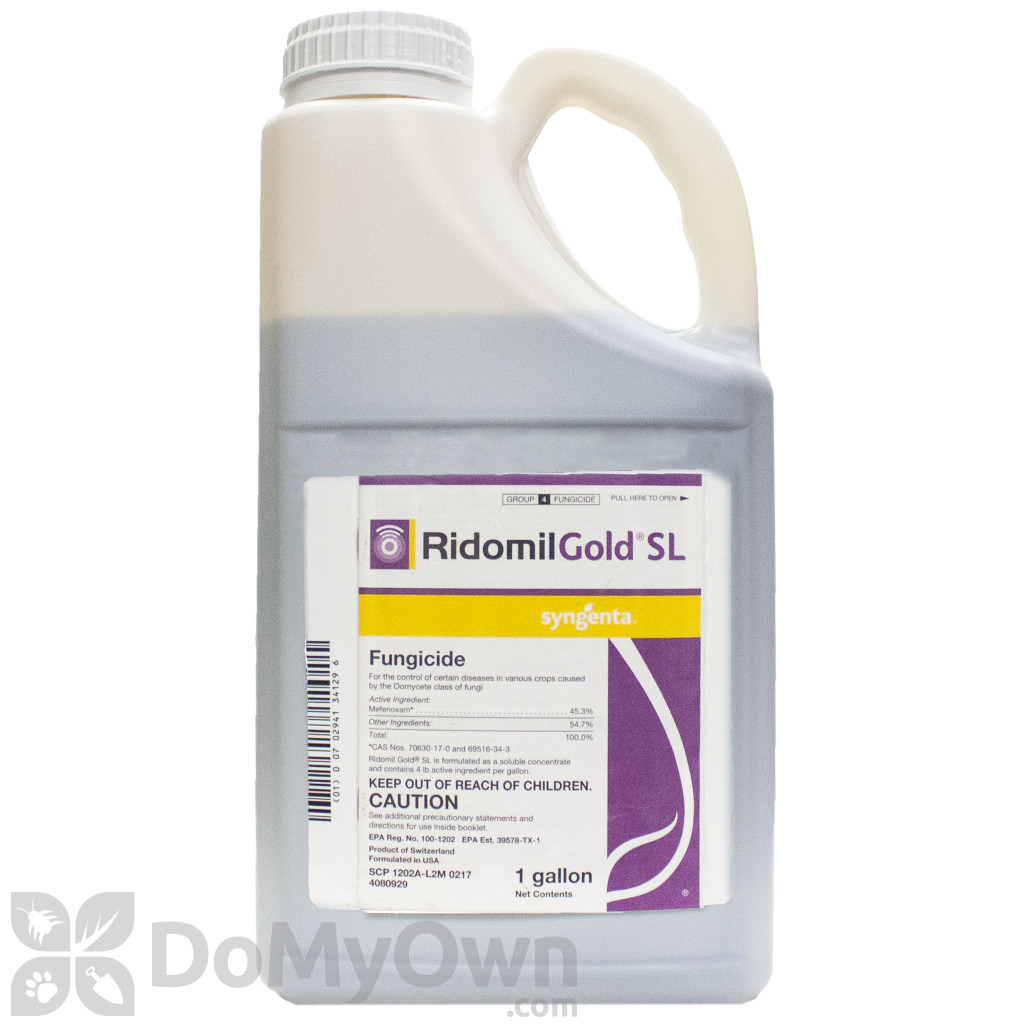 |
| Mancozeb | 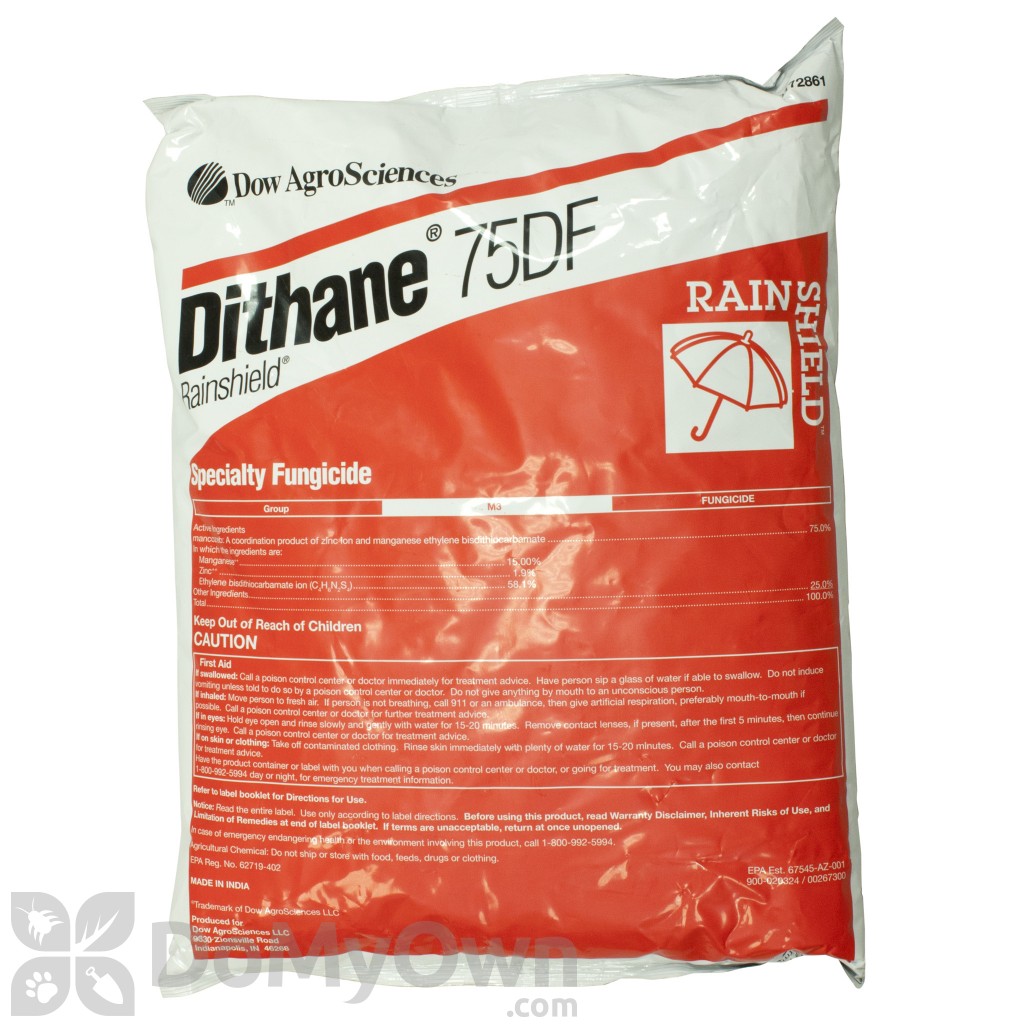 |
| Cymoxanil | |
| Propamocarb | 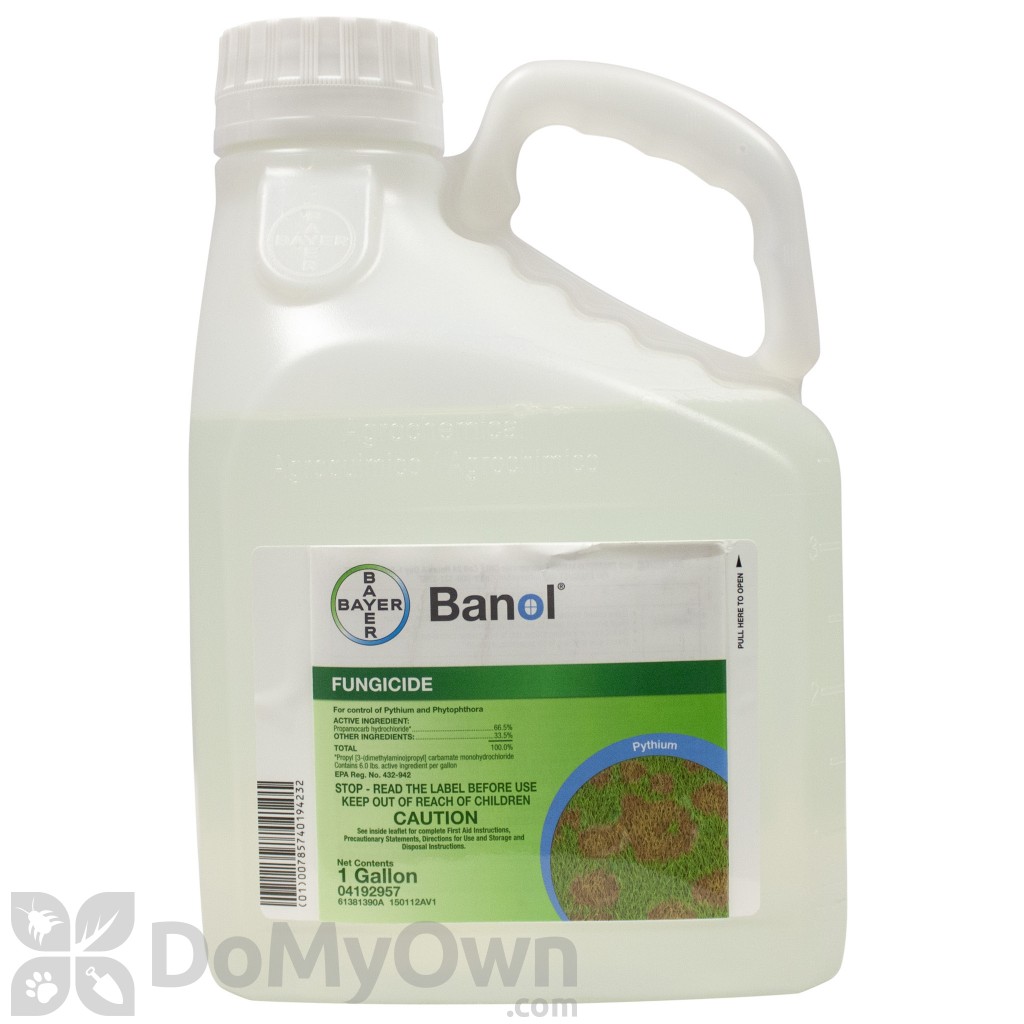 |
| Iprovalicarb | |
| Dimethomorph | 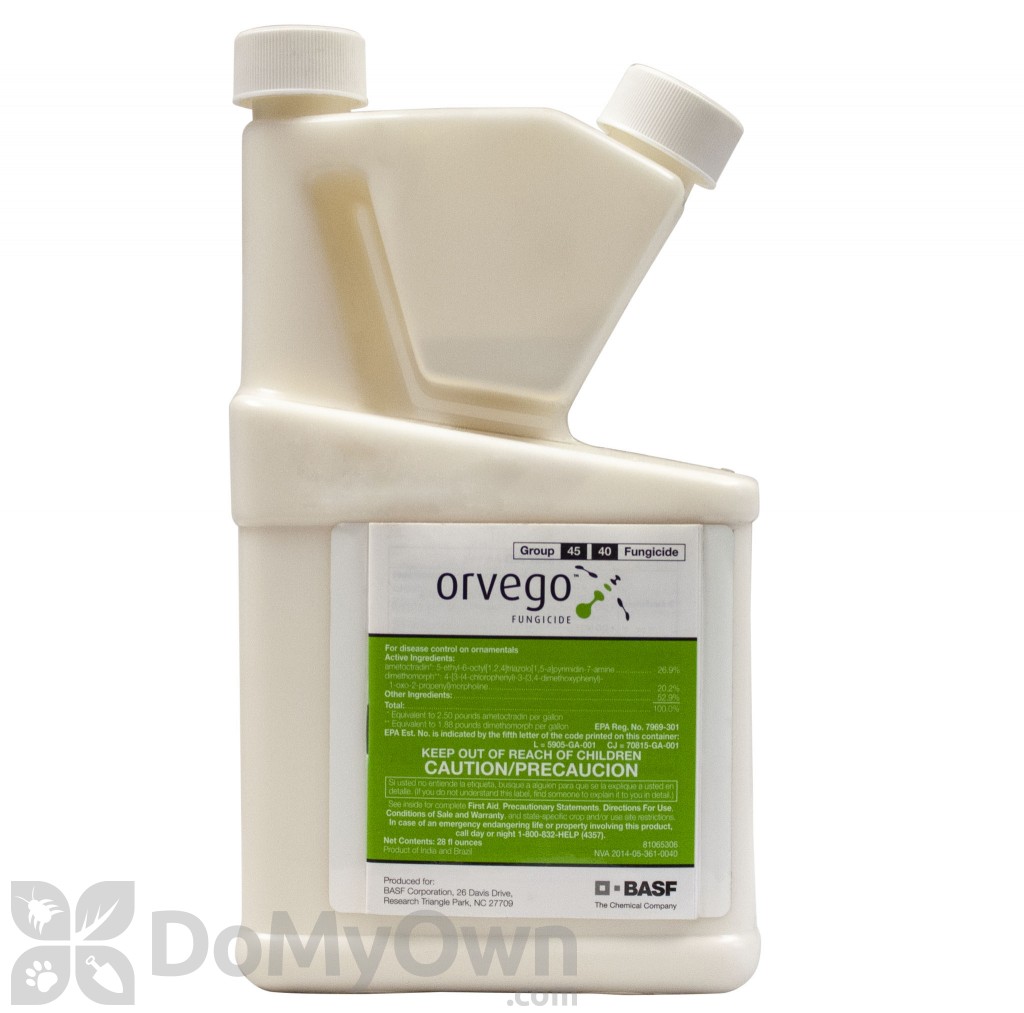 |
| Famoxadone | |
| Fenamidone | 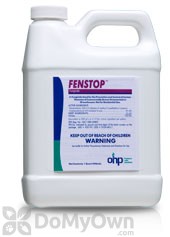 |
Organic:
Copper sulfate –
It is an inorganic compound that combines sulfur with copper.
It can kill bacteria, algae, snails, and fungi.
It controls fungal diseases by damaging enzymes and proteins critical to fungal growth.
It has been registered for use as pesticide product in the United States since 1956.
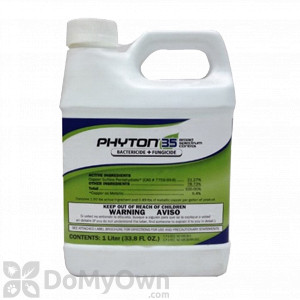
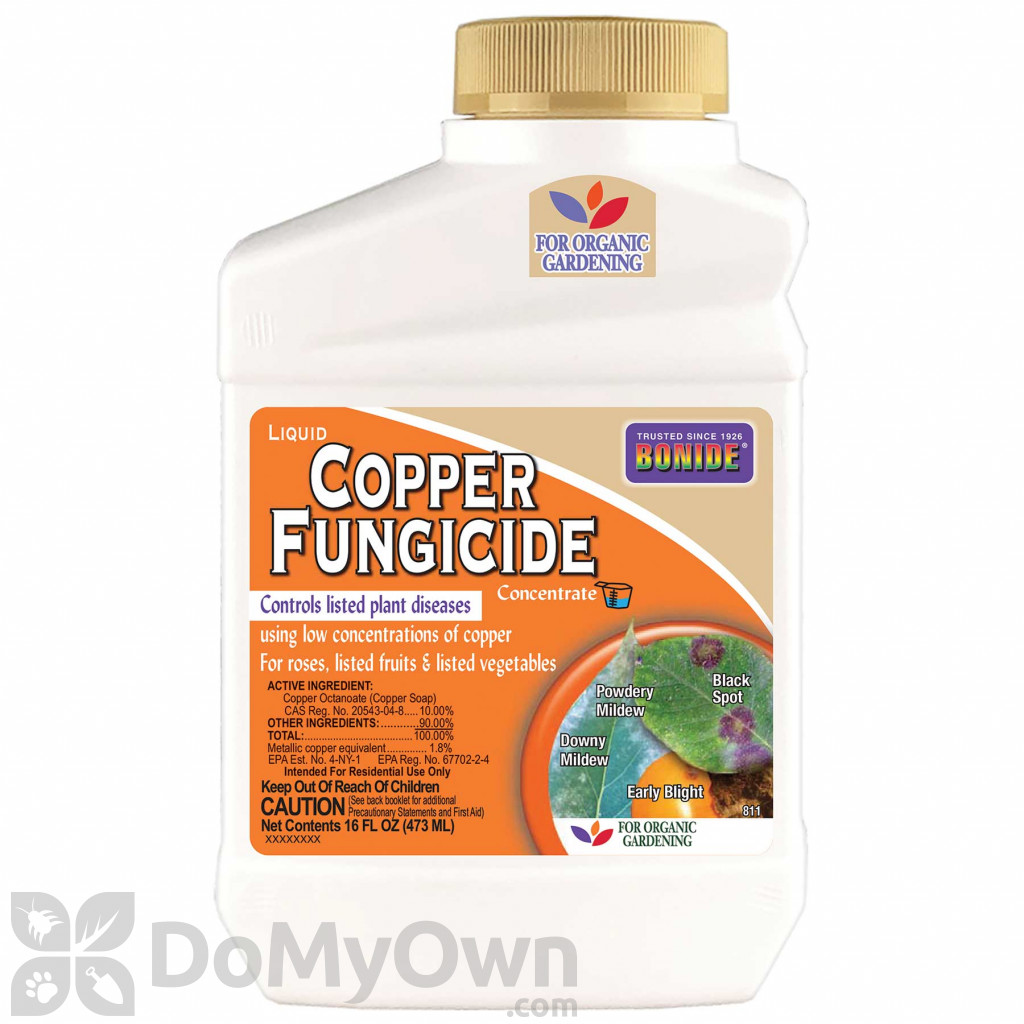
Hydrogen peroxide –
Well known as an ingredient in disinfectant products, it’s now also approved for controlling microbial pests, on crops growing indoors and outdoors, and on certain crops after harvest.
This active ingredient prevents, and controls bacteria, and fungi by destroying essential components of the cells.

Neem oil –
A naturally occurring pesticide, found in seeds from the neem tree.
Azadirachtin is the most active component here.
It reduces insect feeding and acts as a repellent.
It also interferes with insect hormone systems, making it harder for insects to grow and lay eggs.

You might also like these articles:
- Pests and us
- How to Combat Pests During Growing Season: The Importance of Using Multiple Pesticides to Prevent Resistance and Maximize Yield
- How to differentiate between pesticides
- How to find your pesticide in a store
- Gray Mold: A Fungus That Damages Crops – Symptoms and Ways to Eliminate It with Chemical and Organic Pesticides
- How to terminate Late blight of tomato
- Protect Your Crops from Severe Downy Mildew Infestation with These Effective Pesticides: Organic and Chemical Options
- How to Identify and Treat Powdery Mildew on Plants: Chemical and Organic Solutions
- Tomato leaf mold
- Combatting Early Blight: Understanding and Treating Alternaria Leaf Spot in Tomatoes
- Maximizing Efficiency: How to Combine Pesticides to Control Multiple Crop Pests with One Spray
- Vegetable garden sprayer















Thanks for the information